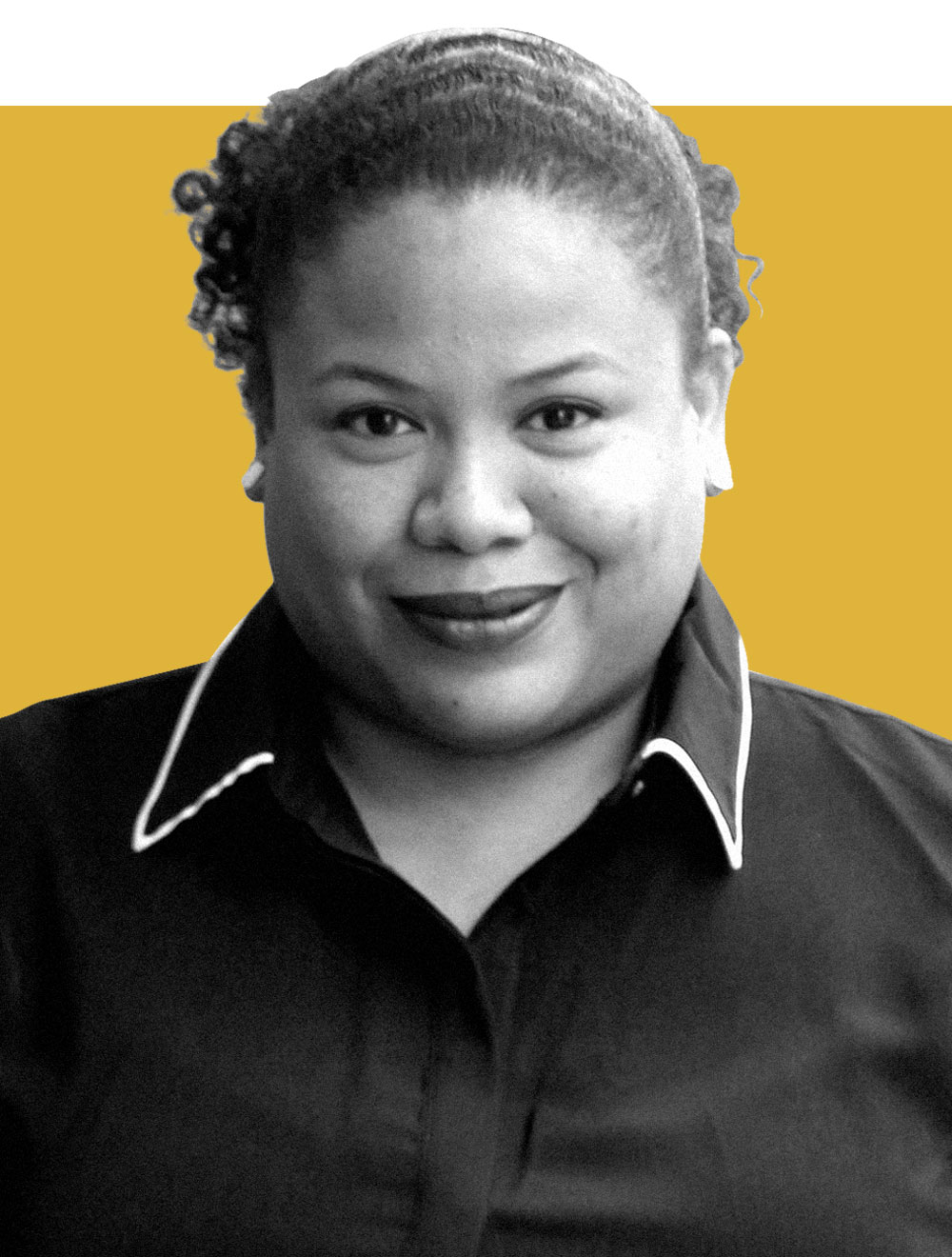
rowing up in Peru, Mariela Noles Cotito LLM’12 did not have a comprehensive awareness of her African ancestry. She identified most strongly with her Japanese grandmother and had little concept of herself as an Afro-Peruvian woman. Only when she was in law school, where she was one of just two Afro-Peruvian students in the department, did this change. “I discovered what it meant to be Black in Peru,” she says.
Today, Noles Cotito is a Professor at the Universidad del Pacifico in Lima and also works as a consultant to the national government on issues related to minority rights. Her personal journey is reflected in her country’s complicated relationship with race, particularly with regard to its population of African descent. As in other Andean nations, minority rights in Peru have tended to be framed around the history and rights of indigenous cultures, she says. Until recently, Black Peruvians, who comprise an estimated 5 percent of the population, were a largely unrecognized minority, says Noles Cotito.
The push for greater racial inclusivity was jump-started in the run-up to the World Conference Against Racism, in Durban, South Africa, beginning with the Meeting for the Americas in 1999. “We went from a period of being invisible in law, legislation, and public policy,” she recalls, to the focus of a growing “Black movement” in Peru. “Before Durban, demands from the Black and indigenous populations were thought of as demands of social justice,” she says. The Durban conference contributed to a growing understanding of racism and discrimination as a human rights issue, she says. The government established a ministry tasked with generating policy for the inclusion of minority populations and in 2009, Peru became the first country in Latin America to offer a public apology to its citizens of African descent.
One example of how far perceptions still have to progress is the enduring popularity of a television character in blackface. The same actor also plays another character in brownface. “When you ask Black and indigenous people, they say it is harmful and undignified, but most people do not see the harm of these characters,” says Noles Cotito. In so many ways, she says, “we as a society are not equipped to recognize discrimination.” Spanish colonization produced a deeply divided society and the vestiges of those divisions remain. “We were racially classified during colonial times and those classifications are still upheld today,” she says. “Racism is not something we face as a rare occurrence, but in a systemic way.”
She recently taught a course about discrimination and what it means in the legal context to prosecutors and judges. Even in this context, she says, many of the questions were very basic. “I was brought in by the National Academy of the Judiciary to teach this course, so I expected to be challenged by these brilliant legal minds. However, the questions were along the lines of how do we, as criminal judges, or prosecutors, identify the extent of the limitations on rights? Or, is it still discrimination if there is no intent?”
The next generation is already showing greater awareness and interest in issues of racial justice. Noles Cotito teaches a course on discrimination and public policy that is in high demand. “Since news about complex issues of racial justice is so prevalent now, the students are very engaged,” she says. “They want to have the language to discuss these issues and develop critical opinions of their surroundings.”